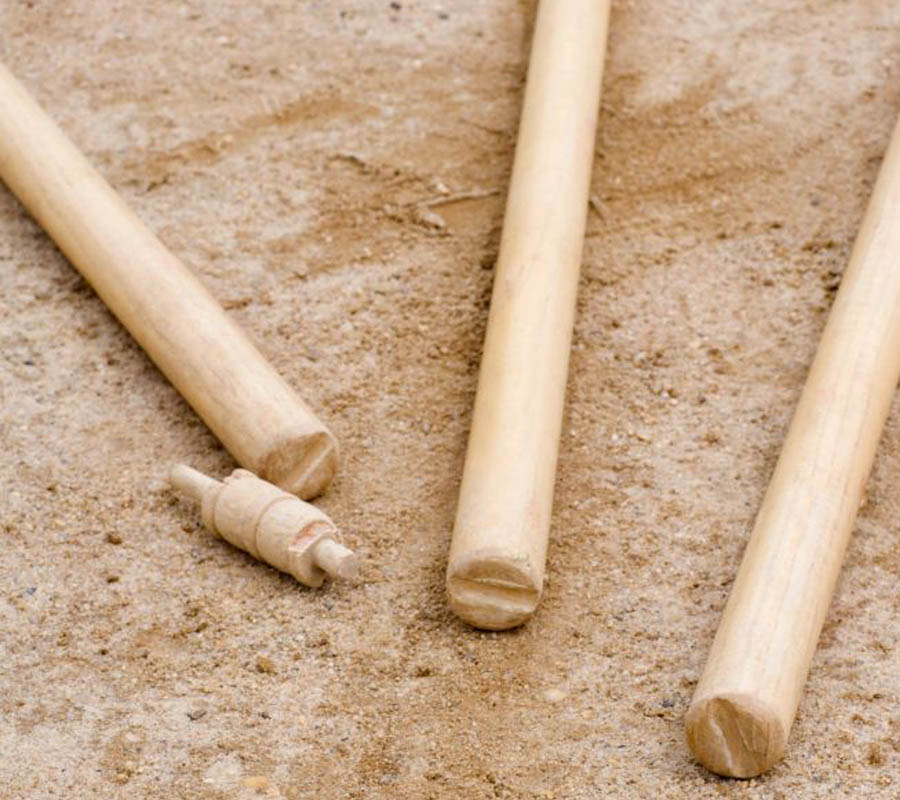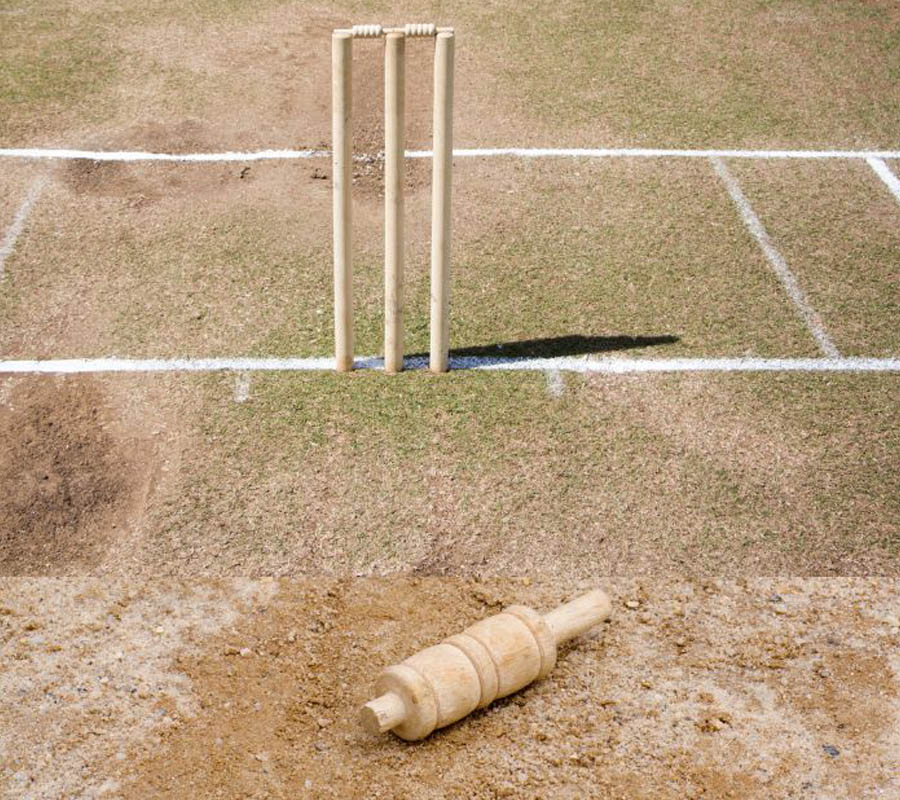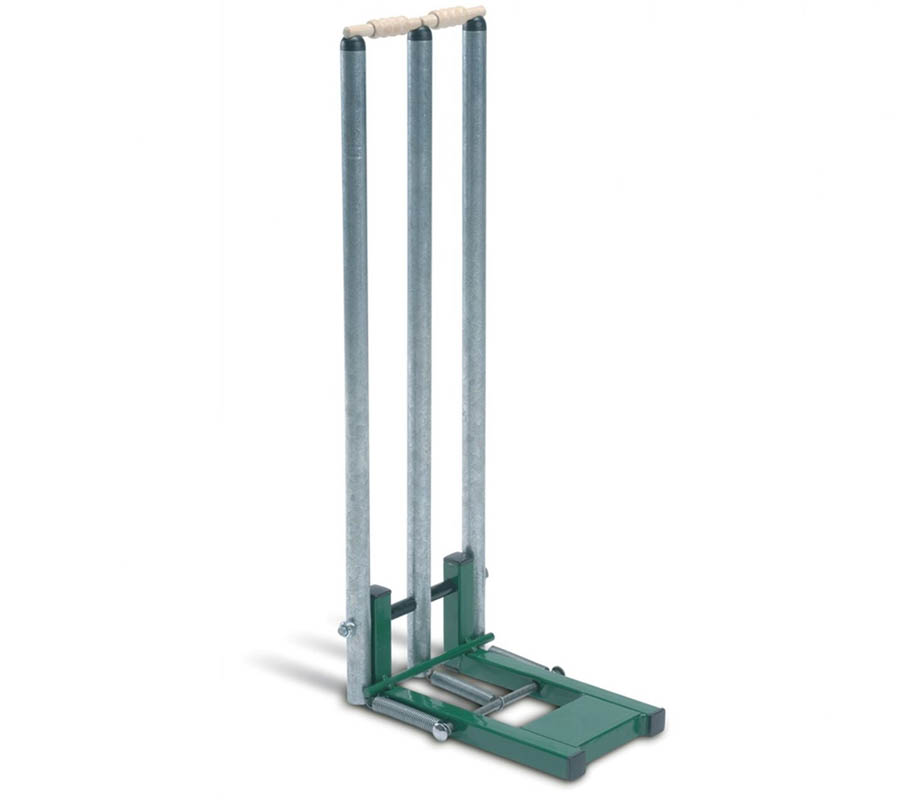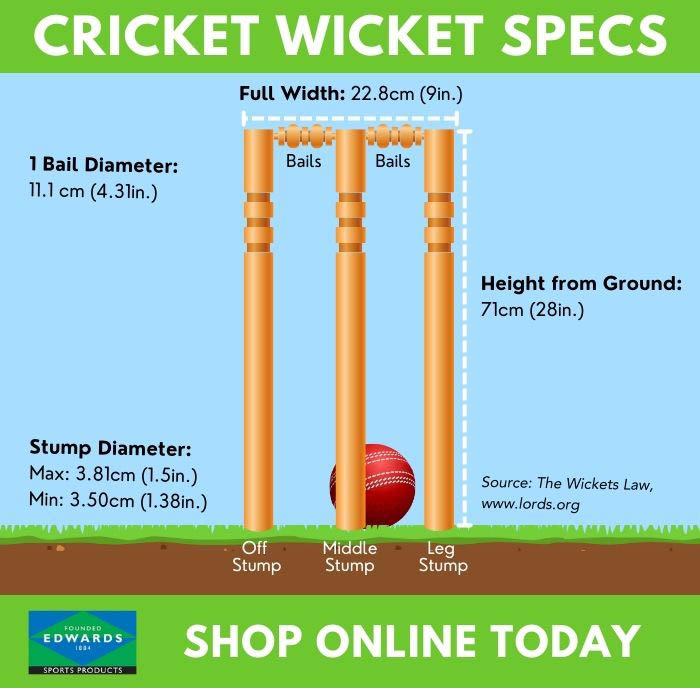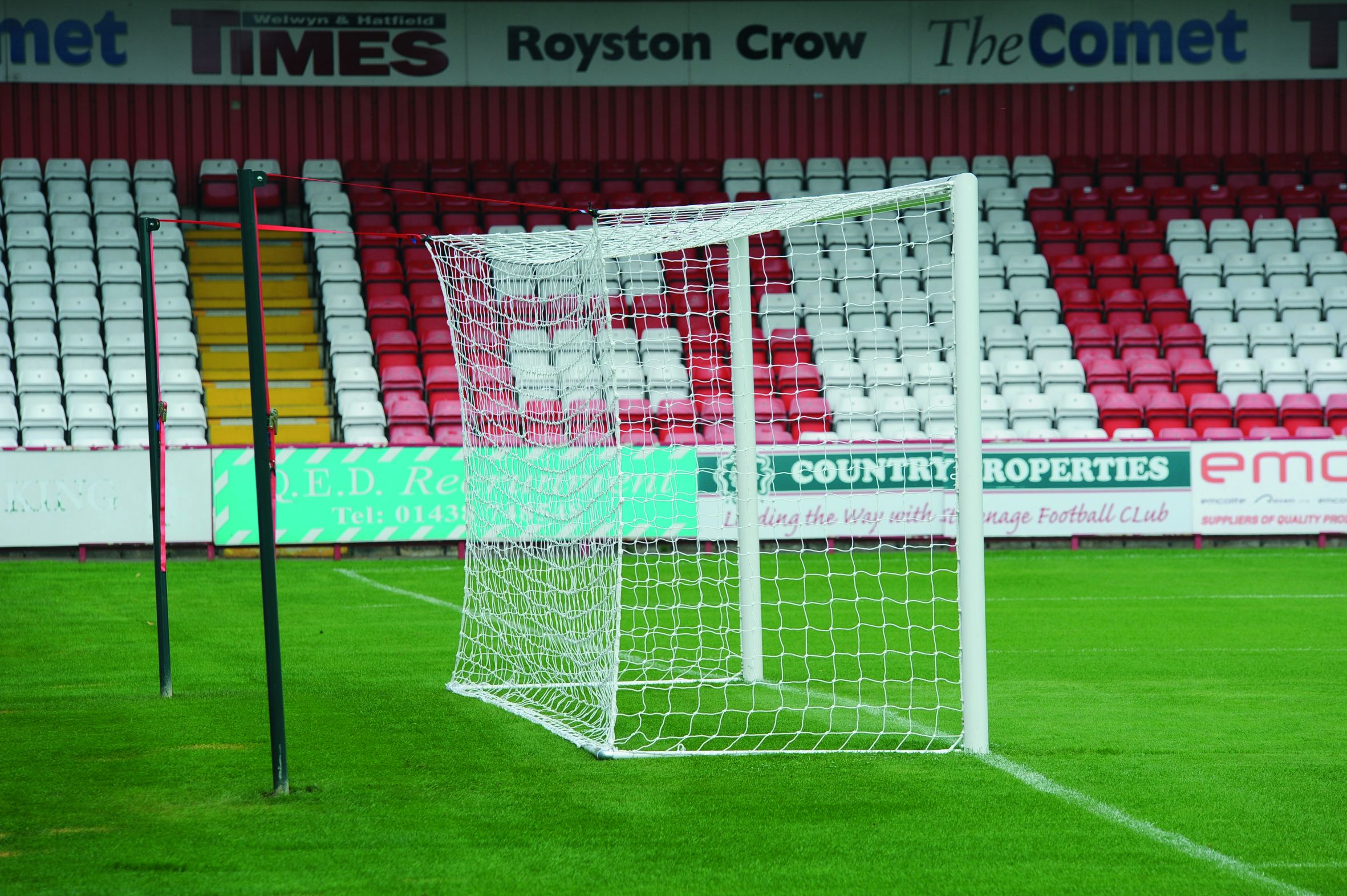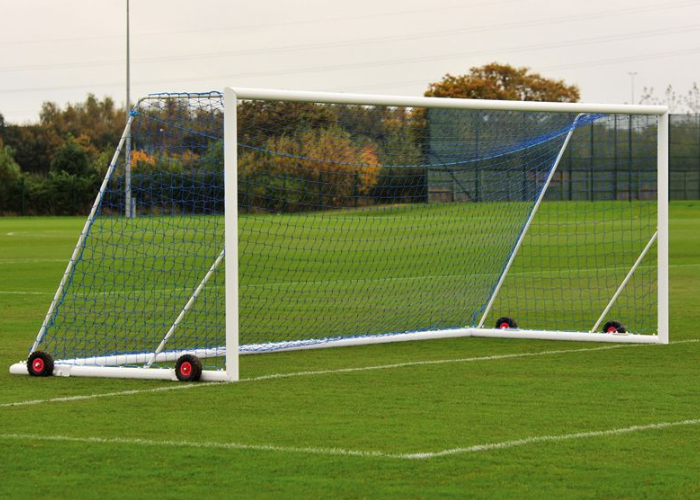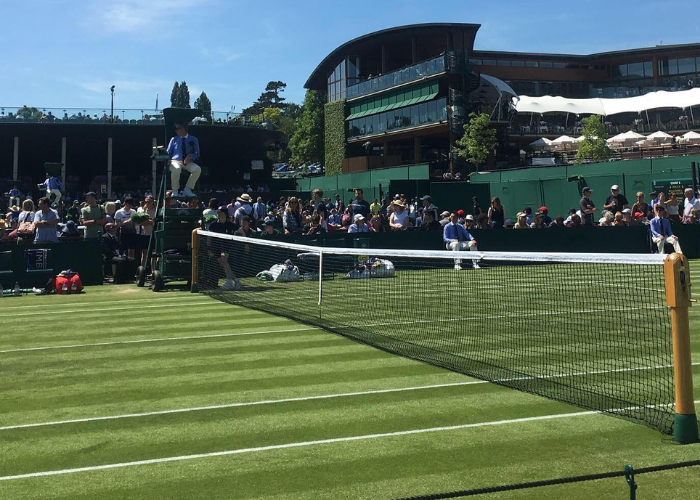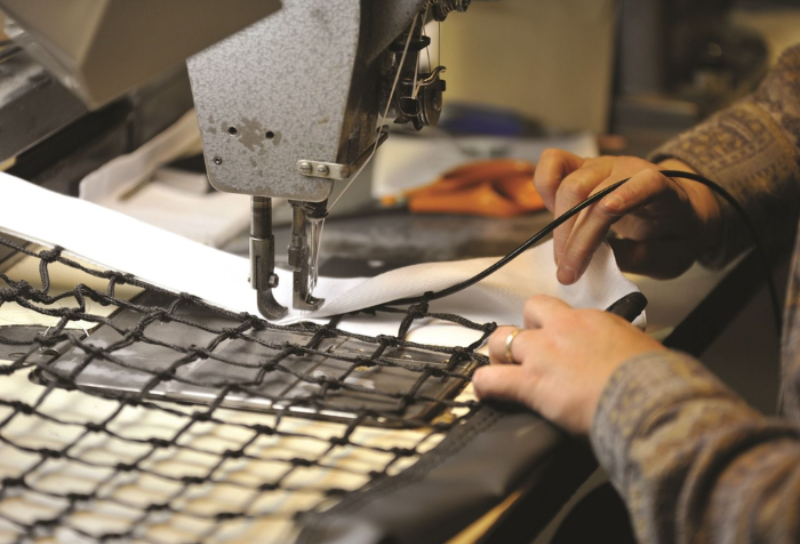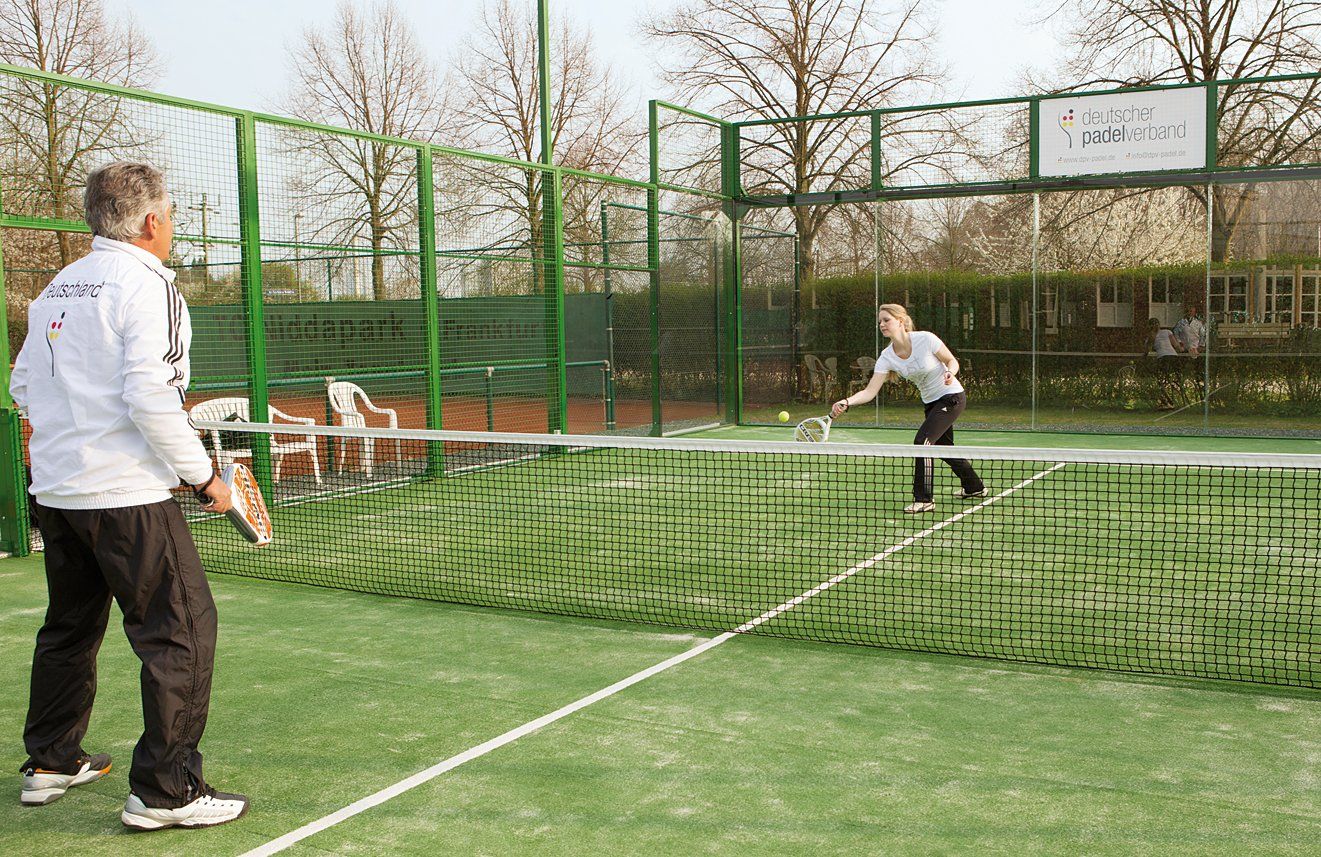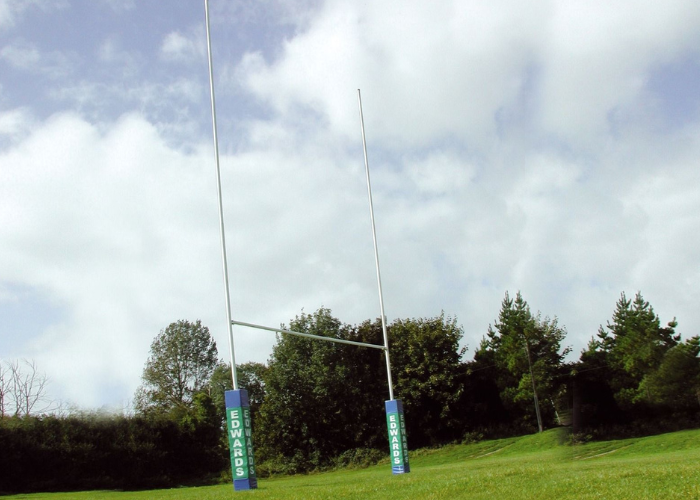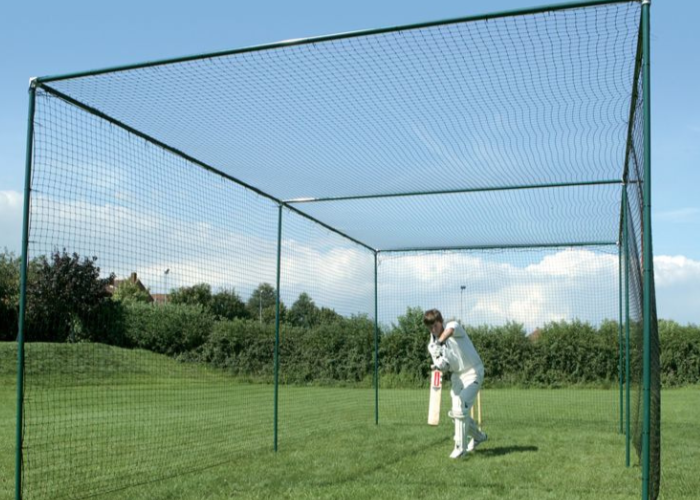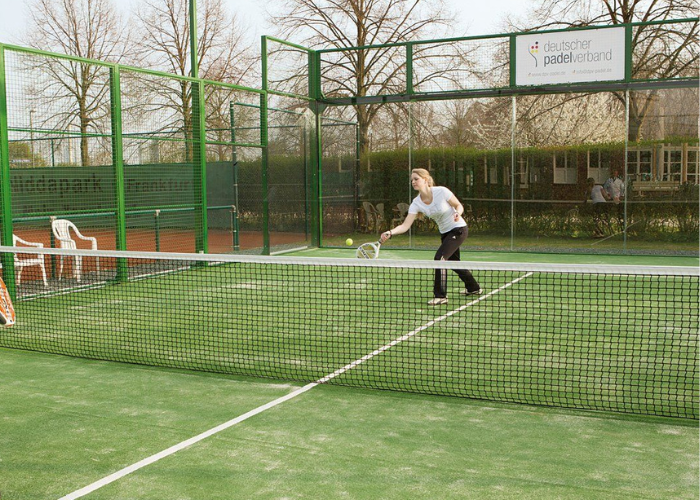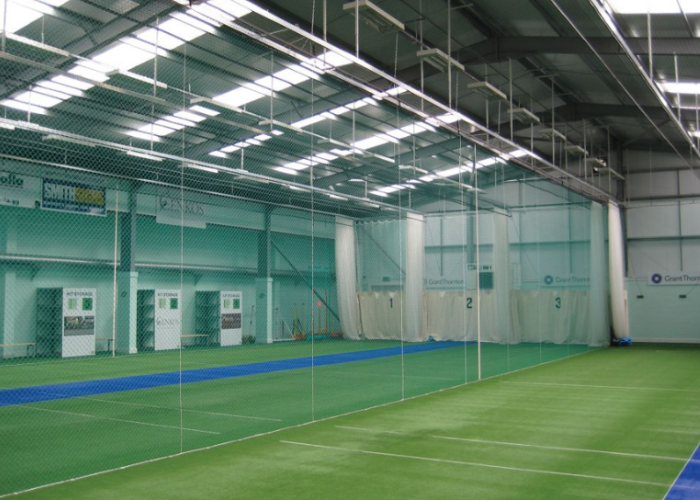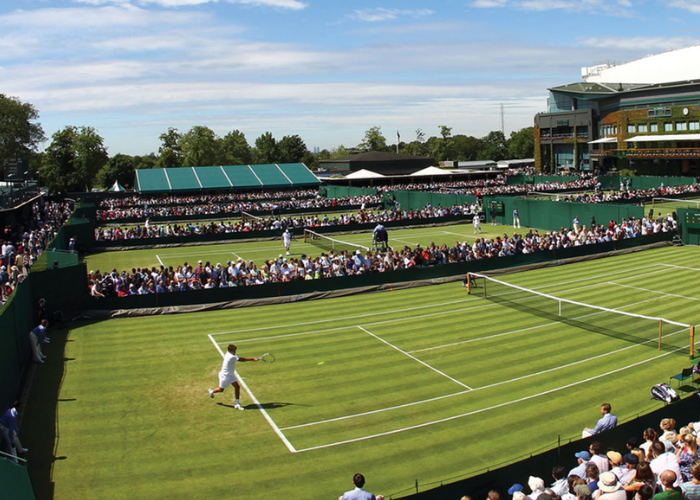We use cookies to make your experience better. To comply with the new e-Privacy directive, we need to ask for your consent to set the cookies. Learn more.
Cricket Stumps Guide: Types, Height, Specs & Rules
- Admin
- Blog Posts
- 10 Aug 2023
-
655views
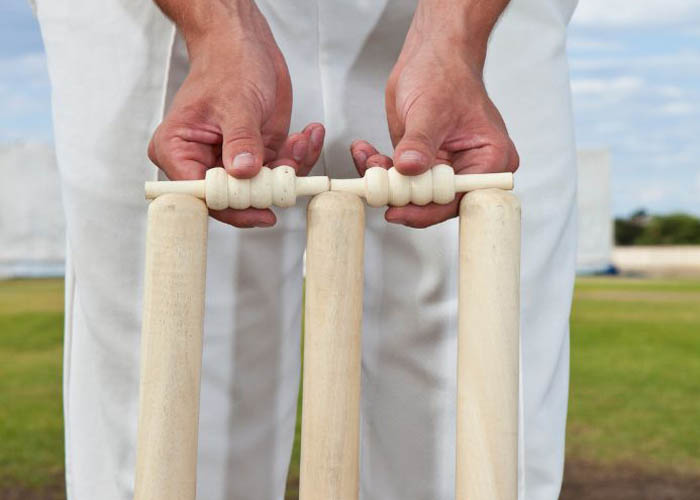
Wickets are made up of 2 core components: stumps & bails. Our guide covers all the cricket stumps specs, including height, types & rules. Learn more at Edwards Sports.
For anyone who’s training to be a cricket player, whether at the amateur or professional level, you need to make sure you have some cricket stumps to practice with.
Buying the right cricket stumps can be tough, especially if you’re relatively new to the sport and don’t know what you’re looking for.
To help you create the perfect cricket equipment set-up, the team here at Edwards Sports has put together a practical guide to all things cricket stumps.
What is the Purpose of Cricket Stumps?
Cricket wickets are made up of stumps and bails, positioned in the popping crease. There are three stumps (leg stump, centre stump and off stump) that have two smaller sticks, known as bails.
The stumps are an essential part of the game, as they determine whether the batsman or bowler has earned a point.
If the bails remain on top of the stumps, then they are considered to be intact and still part of the game. If the bail falls after being hit by the ball, then the wicket is considered to be broken.
As well as being used to describe the posts that make up the wickets, the word stumped is also used to describe a player who is out and the term ‘calling stumps’ means the cricket umpire is wrapping up the game for the day.
A stump cam is inserted into one of the three stumps during professional matches to provide a unique angle for the TV audience. This allows viewers to get an up-close view of the batsman and bowler as they battle it out on the pitch.
Different Types of Cricket Stumps
There are several different types of cricket stumps, generally differentiated from each other by the materials that they are made from.
Each type has its own specific benefits and challenges for players, so it’s worth exploring the various options to find the ones that will work best for your ground.
by ©Creatas Images (Photo Images) via Canva.com
Wooden Cricket Stumps
Many professional cricket grounds use wooden stumps, which are usually made from ash. Wooden stumps are traditional and give the ground a retro feel.
However, wooden cricket stumps do have the disadvantage that they’re less hard-wearing than some other types of stumps, and they can be prone to warping over time. Using high-quality ash wood and varnishing the wood can increase the lifespan of your stumps, but they might also struggle to withstand the rigours of being hit repeatedly by a fast-moving cricket ball.
by ©lansoft (Getty Images) via Canva.com
Metal Cricket Stumps
Metal stumps are very different from wooden ones, as they’re usually freestanding, meaning they don’t have to be hammered into the ground. This makes them ideal for anyone who wants to practice at home without putting holes in their lawn.
Also, metal cricket stumps do have the advantage of being incredibly durable, meaning they can be stored outside and won’t be damaged too much.
However, some metal cricket stumps come as a unit attached to the bails to form a complete wicket, which means that you can’t knock down the bails and play the cricket game to the fullest.
Plastic Cricket Stumps
Plastic cricket stumps are another robust product that can withstand a lot of wear and tear, but like metal stumps, they’re usually one solid unit, so it can be difficult to play cricket in all its glory.
As a more cost-effective option than wooden stumps, plastic cricket stumps can be a good solution for those who want something affordable and easy to use for practising their batting or bowling, but they’re not commonly used by professional cricket grounds.
LED Stumps
LED cricket stumps, or light up stumps, are a newer variation, and they offer a lighter alternative to traditional wooden stumps.
They’re particularly good for poorer-visibility conditions as they allow the bowler to see the wicket through the batman’s legs amongst poor weather.
What Height Should Cricket Stumps Be?
So, how tall are cricket stumps?
According to the official laws of cricket, stumps should be 28 inches/71.1 cm above the surface of the pitch.
Graphic Used: ©Aurielaki via Canva.com
The bails, the small pieces of wood that sit atop the stumps to form the wicket, have to sit in the stumps without changing their shape and need to project no more than 0.5 inches, or 1.27 cm, above the stumps.
All of this might seem incredibly exact, but cricket is a game that requires precision and has very intricate rules, so the height of the stumps needs to be exactly correct.
What is the Distance Between Stumps?
Stumps are placed close together so that they form the basis of the wicket, on top of which the bails can comfortably sit.
The official laws of the sport state that each set of wickets needs to be 9 inches or 22.86 cm in width, and the bails need to be 4.31 inches or 10.95 cm in length and sit atop the stumps.
As such, the stumps need to be just under this width apart so that the bails can sit in the grooves on top of them with ease.
How Do You Hold Cricket Stumps in the Ground?
Traditional wooden cricket stumps are held in the ground thanks to the tapered end, which forms a spike. Holes are made in the ground using a cricket stump gauge, and the ends of the stumps are then placed in the holes.
Using a mallet or, more commonly, a cricket bat, you can then push the stumps into the ground so that they stand up alone.
Once the stump is pushed into the ground and no longer needs to be held up, you can insert the remaining stumps and add the bails to create the full wicket.
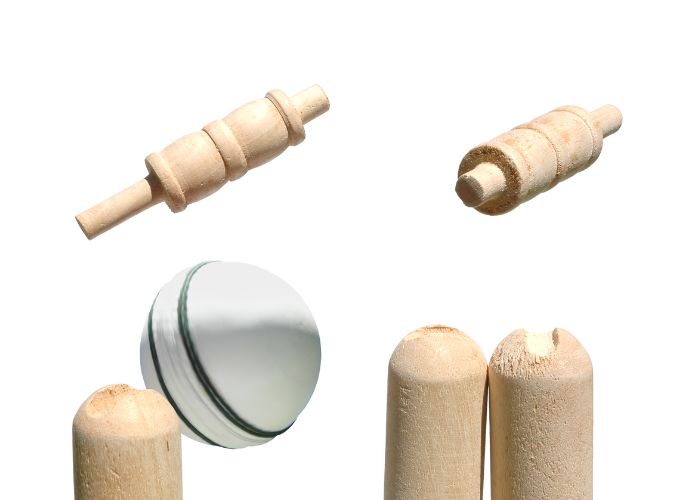
by ©MousePotato (Getty Images Signature) via Canva.com
The Cricket Wicket Rules According to Lord's
According to Lord’s, the governing body for cricket, there are several laws that govern cricket wickets and how they are placed on the pitch.
The basic rules are:
- Every pitch has two sets of wickets placed parallel to each other
- The two sets of wickets need to be in the middle of each of the bowling creases
- Each complete set of wickets needs to be 9 inches or 22.86 cm in width
These rules are essential for any cricket pitch on which an official game is being played.
For anyone looking to practice, you can set up your wickets how you like, but it would help if you followed the official rules so that you’re prepared when you walk onto a real pitch.
Cricket Stumps are Essential Pieces of Cricket Equipment
Cricket stumps are just one key part of the cricket pitch set-up and the equipment needed to play the game correctly.
Other essential items include cricket netting, which encircles the pitch, and cricket ground pitch accessories, which help to create the pristine space that players need to enjoy the game the way it was meant to be played.
For anyone who wants to hone their cricket skills, indoor nets or cricket cages can help you to safely practice your batting or bowling inside.
These are the larger pieces of cricket equipment that you need for any pitch and practice space, but each individual player also needs a bat, protective equipment and the right shoes. The team should also have a supply of cricket balls to use for practice and games.
Here at Edwards Sports, we have a range of top-quality cricket netting and ground equipment that is ideal for all levels of the game, from schools to professional clubs. You can order our cricketing products online, or get in touch if you’re searching for something specific, such as a bespoke cricket cage or netting solution.
To Summarise...
As cricket is such a precise sport that’s deeply rooted in tradition, getting the right stumps and using them correctly is an essential part of the game.
If you’re looking for more information about cricket and other popular sports, then check out our blog to find the latest news and insight. And don’t forget to order all your essential cricket netting and ground equipment right here!
FAQs
What is the Difference Between a Stump and a Wicket?
The stumps are the three individual posts that sit in the ground, while the wicket refers to the entire structure of 3 stumps and 2 bails.
Why Are There 3 Stumps in Cricket?
Originally, cricket was played with only two stumps, but after a player named Lumpy Stevens bowled multiple successive balls that shot through the centre of the two stumps in 1775, a third stump was added to make the game harder and more interesting.
How Are Cricket Stumps Held in the Ground?
Cricket stumps have a pointed end, which is inserted into the ground and keeps the stump in position. Most cricket teams use a small mallet to push the stumps into the ground so they’re held there securely.
Why Do Cricketers Ask for Middle Stump?
Many batsmen ask for the bowler to aim at the middle stump because it allows them to defend the entire wicket more effectively and suits most playing styles.
Featured Image: ©OrangeDukeProductions (Getty Images) via Canva.com





